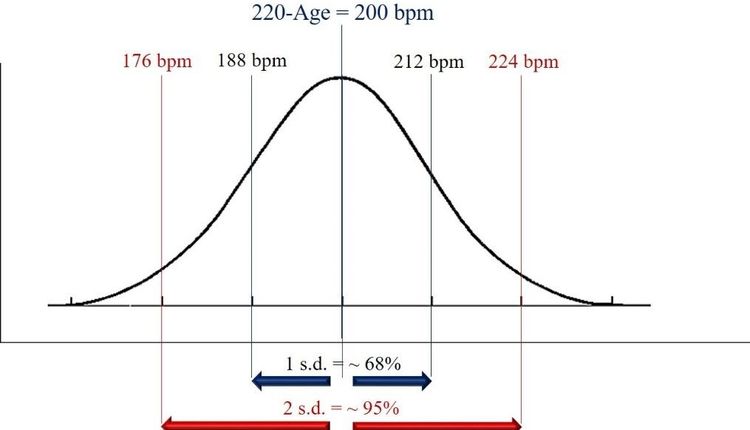Almost half of tested samples of commercial high-fructose corn syrup (HFCS) contained mercury, which was also found in nearly a third of 55 popular brand-name food and beverage products where high-fructose corn syrup is the first- or second-highest labeled ingredient, according to two new US studies.
High-fructose corn syrup has replaced sugar as the sweetener in many beverages and foods such as breads, cereals, breakfast bars, lunch meats, yogurts, soups and condiments. On average, Americans consume about 12 teaspoons per day of high-fructose corn syrup, but teens and other high consumers can take in 80% more than average.
"Mercury is toxic in all its forms. Given how much high-fructose corn syrup is consumed by children, it could be a significant additional source of mercury never before considered. We are calling for immediate changes by industry and the [U.S. Food and Drug Administration] to help stop this avoidable mercury contamination of the food supply," said the Institute for Agriculture and Trade Policy's Dr. David Wallinga, a co-author of both studies.
In the first study, researchers found detectable levels of mercury in nine of 20 samples of commercial high-fructose corn syrup. The study was published in current issue of Environmental Health.
In the second study, the agriculture group found that nearly one in three of 55 brand-name foods contained mercury. The chemical was most common in high-fructose corn syrup-containing dairy products, dressings and condiments.
The use of mercury-contaminated caustic soda in the production of high-fructose corn syrup is common. The contamination occurs when mercury cells are used to produce caustic soda.
"The bad news is that nobody knows whether or not their soda or snack food contains HFCS made from ingredients like caustic soda contaminated with mercury. The good news is that mercury-free HFCS ingredients exist. Food companies just need a good push to only use those ingredients," Wallinga said.
News release provided by USA Today. Visit USAtoday.com for more headlines.
High-fructose corn syrup has replaced sugar as the sweetener in many beverages and foods such as breads, cereals, breakfast bars, lunch meats, yogurts, soups and condiments. On average, Americans consume about 12 teaspoons per day of high-fructose corn syrup, but teens and other high consumers can take in 80% more than average.
"Mercury is toxic in all its forms. Given how much high-fructose corn syrup is consumed by children, it could be a significant additional source of mercury never before considered. We are calling for immediate changes by industry and the [U.S. Food and Drug Administration] to help stop this avoidable mercury contamination of the food supply," said the Institute for Agriculture and Trade Policy's Dr. David Wallinga, a co-author of both studies.
In the first study, researchers found detectable levels of mercury in nine of 20 samples of commercial high-fructose corn syrup. The study was published in current issue of Environmental Health.
In the second study, the agriculture group found that nearly one in three of 55 brand-name foods contained mercury. The chemical was most common in high-fructose corn syrup-containing dairy products, dressings and condiments.
The use of mercury-contaminated caustic soda in the production of high-fructose corn syrup is common. The contamination occurs when mercury cells are used to produce caustic soda.
"The bad news is that nobody knows whether or not their soda or snack food contains HFCS made from ingredients like caustic soda contaminated with mercury. The good news is that mercury-free HFCS ingredients exist. Food companies just need a good push to only use those ingredients," Wallinga said.
News release provided by USA Today. Visit USAtoday.com for more headlines.







